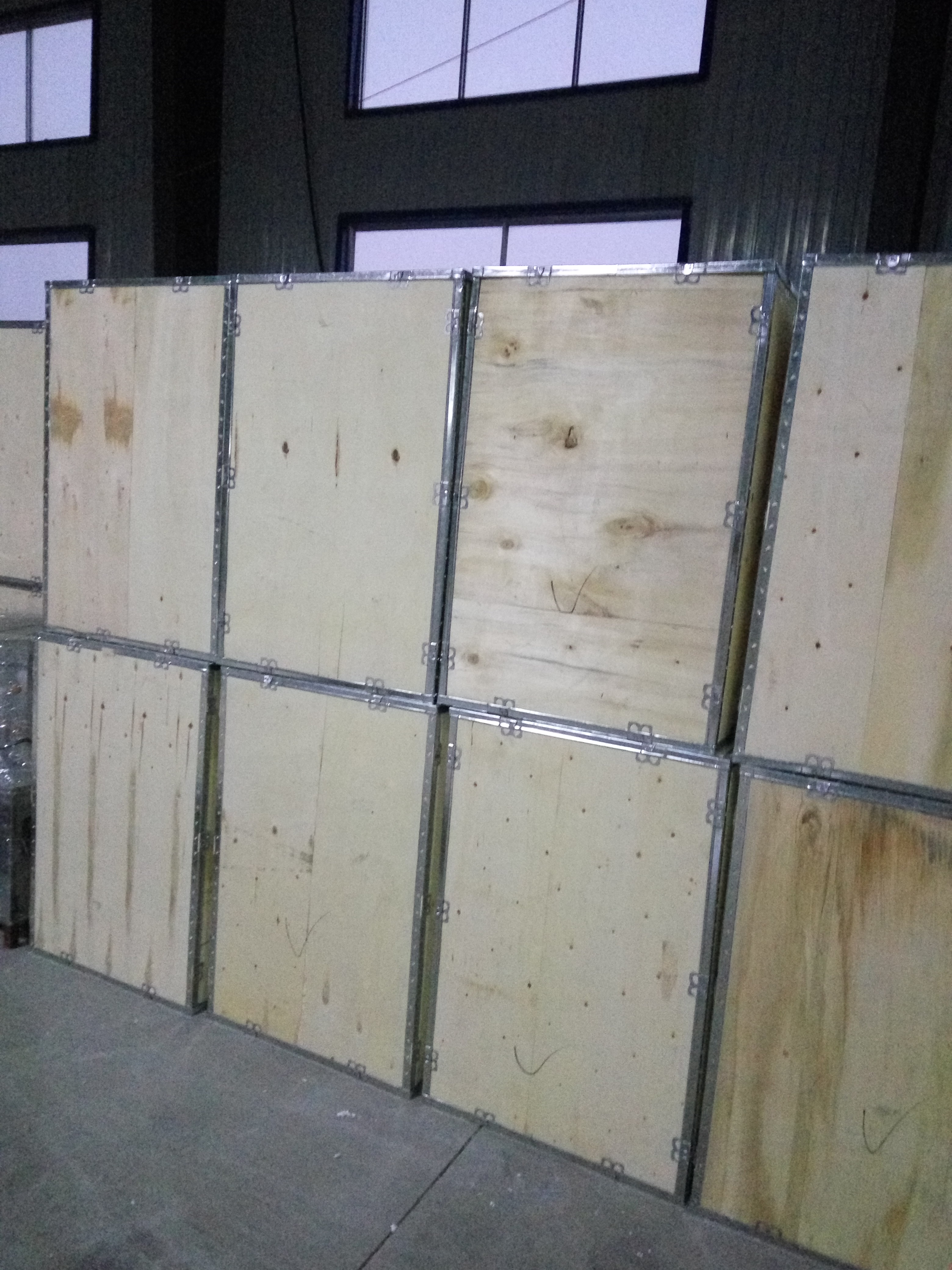large poultry cage
Dec . 05, 2024 23:49 Back to list
large poultry cage
The Importance of Large Poultry Cages in Modern Agriculture
In the realm of modern agriculture, the poultry industry has seen exceptional growth and innovation, primarily driven by the increasing global demand for chicken meat and eggs. As part of this evolution, large poultry cages have emerged as a critical component in the efficient and humane production of poultry. Understanding the significance of these large cages requires an exploration of their benefits, design considerations, and the ongoing debate surrounding animal welfare.
First and foremost, large poultry cages enhance operational efficiency in poultry farming
. Traditional methods of raising chickens often involved allowing birds to roam freely within a barn, which, while aligning with some welfare standards, can lead to several logistical challenges. Large cages streamline this process, allowing farmers to house more birds in a smaller footprint while maintaining optimal conditions for growth and productivity. These cages are designed to not only maximize space but also to minimize the time and labor required for feeding, cleaning, and monitoring the birds. Farmers can automate many aspects of care, including feeding systems and climate control, which ultimately leads to better management of resources and higher profit margins.Moreover, large poultry cages contribute to improved biosecurity. By keeping birds contained, these cages reduce the risk of disease transmission, not only among the flock but also between different farms. Avian diseases like Newcastle disease and avian influenza can devastate poultry populations, leading to significant economic losses. Having birds in large, well-structured cages facilitates better health management through easier monitoring and control of biosecurity measures, such as vaccination and health inspections.
large poultry cage

From a production standpoint, large cages can also lead to improved animal health and productivity. Chickens raised in well-designed cages can benefit from regulated light, temperature, and ventilation, which contribute to their overall well-being. Studies have shown that when chickens have access to controlled environments, they often exhibit lower stress levels, resulting in higher egg production rates and better feed conversion ratios. This is particularly critical in an industry striving to meet the protein needs of a growing global population.
However, the use of large poultry cages is not without controversy. Critics argue that battery cages, a type of confined housing, restrict natural behaviors and thus compromise animal welfare. The space provided in some cage systems does not allow for natural movement, such as flapping wings or nesting, which can lead to frustration among the birds. In response to these concerns, many farmers and producers are shifting towards more spacious, enriched cage systems that offer features such as perches, nesting boxes, and more room to move, even within the confines of a larger structure. These alternatives aim to balance both productivity and animal welfare, addressing consumer concerns while maintaining efficiency.
Regulatory bodies and consumer preferences are also shaping the future of poultry housing. Increasingly, consumers are demanding higher welfare standards, which impacts how poultry farmers operate. In many countries, legislation is evolving to provide clearer guidelines regarding cage size, animal density, and overall housing conditions. As a result, many poultry farms are investing in improving their cage systems to meet these standards, further leading to innovations in cage design that prioritize both efficiency and animal welfare.
In conclusion, large poultry cages play a pivotal role in the contemporary poultry industry. They offer enhanced efficiency, better biosecurity, and improved production outcomes while still raising important questions about animal welfare. The industry faces a continual challenge to find a balance between maximizing output and ensuring ethical treatment of the animals involved. As technology advances and consumer awareness grows, it is essential for poultry farmers to adapt to new standards that respect both productivity and the welfare of their livestock. Ultimately, the future of poultry farming will hinge on the ability to innovate while maintaining a commitment to responsible and humane practices.
-
Automatic Feeding Line System - Anping Yize | Efficiency&Durability
NewsJul.29,2025
-
Automatic Feeding Line System - Anping Yize|Poultry Efficiency&Durability
NewsJul.29,2025
-
Automatic Feeding Line System-Anping County Yize Metal Products Co., Ltd.|Durable PP Material&Easy Maintenance
NewsJul.29,2025
-
Automatic Feeding Line System-Pan Feeder Nipple Drinker|Anping County Yize Metal Products Co., Ltd.
NewsJul.29,2025
-
Hot Sale 24 & 18 Door Rabbit Cages - Premium Breeding Solutions
NewsJul.25,2025
-
Automatic Feeding Line System Pan Feeder Nipple Drinker - Anping County Yize Metal Products Co., Ltd.
NewsJul.21,2025






